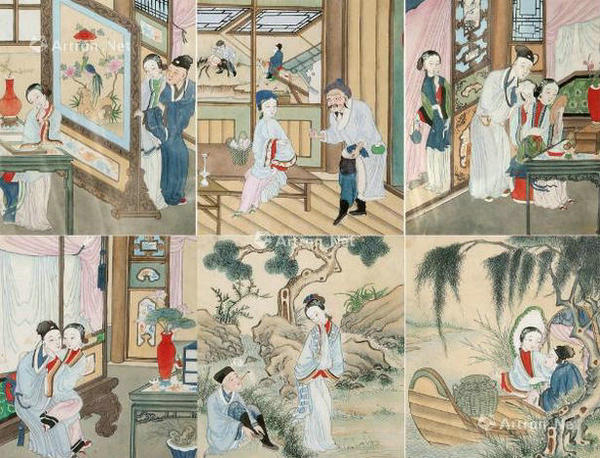In order to print high-quality books and products that are illustrated, the quality of printing paper is an important condition. Although there are important relationships with the equipment, ink, and operating skills and other conditions and links, the final printing effect should still be shown on the paper.
At present, the printing of books and periodicals has developed toward high-speed and multi-color, and many high-end books also use offset printing to print paper. As long as the paper is used properly, offset printing and printing paper can also print high-quality products that meet the requirements of customers. However, on the current large number of books and product testing analysis analysis, there are indeed some products in different degrees of text imaginary, flower, paste, lack of pen strokes, image dots are not full, poor uniformity, edge is not complete, flat network Background color, uneven, in-situ, large headline ink is not full, through the print seriously, and the emergence of powder, hair loss or paper itself there are black spots and other quality defects, these defects have a direct impact on the level of print quality Increase stability. The existence of these outstanding quality problems is actually related to poor quality of paper, poor printability, and insufficient production control.
In terms of the printability of printing paper, it is not enough to simply print products through a printing press. Book printing paper should also have excellent surface strength, ideal ink absorption characteristics, good tensile strength, good flatness uniformity, uniform whiteness, and no serious print, powder, lint, no obvious black Spots and other defects. Only in this way can we meet the demand for high-quality prints.
Stiffness and surface strength of paper are related to the degree of sizing in papermaking, and whether the degree of sizing is appropriate or not depends on the quality of the printed product. The correct degree of sizing can increase the strength of the paper, not only can reduce the “foliage” phenomenon caused by the influence of the environment, and avoid the phenomenon of pleats in the printing process, but also conducive to full, clear, and uniform ink imprinting. The good strength of the paper surface plays an important role in mitigating strikethrough.
Book printing paper should have good ink absorption and non-diffusion. Offset printing is based on the principle of repelling oil and water. Therefore, printing dampening requires a small amount of water, and most of the small amount of water penetrates the paper and is volatilized by the effect of printing pressure. During the printing process, ink is also infiltrated into the paper by the effect of printing pressure after the ink is imprinted, and the conjunctiva is dried on the surface. This drying process is quickly completed by air conditioning and obtains unblemished prints. Therefore, printing paper is required to have good absorption properties for water and ink, which facilitates fullness, thickness, and uniformity of ink printing, does not cause serious defects such as blotting and diffusion, and obtains high-quality products with beautiful characters and clear images.
Book printing paper should also have good tensile strength. Paper with good pull force can not only pass through the printing machine smoothly during printing, but also help the paper to maintain a balanced state during operation. It is beneficial to page rules, accurate overprinting, no pleats in printing, and no tearing of paper. In particular, it is important for the high-speed web press to keep the paper path running smoothly and the page number accurate.
Printing companies should pay attention to the selection of printing paper for books and periodicals, increase the awareness of the selection and control of the main raw materials for printing, strengthen the on-site management of the printing process, and adjust the pressure on the printing of paper to adjust the ink balance and control. A good amount of ink and so on.
Practice shows that if you want to print a high-quality book product, one of the most important ones is the need to continuously improve and improve the quality of printing paper for books and magazines, and lay a good foundation for printing high-quality books and products. Therefore, paper mills need to further understand and clarify the printability of offset printing, and the necessary conditions and requirements for paper. Only in this way will it be conducive to continuously improve the quality of paper, improve the stability of the printability of paper, and provide preconditions for improving the quality of printed products.
Reprinted from: Printed Materials in China



